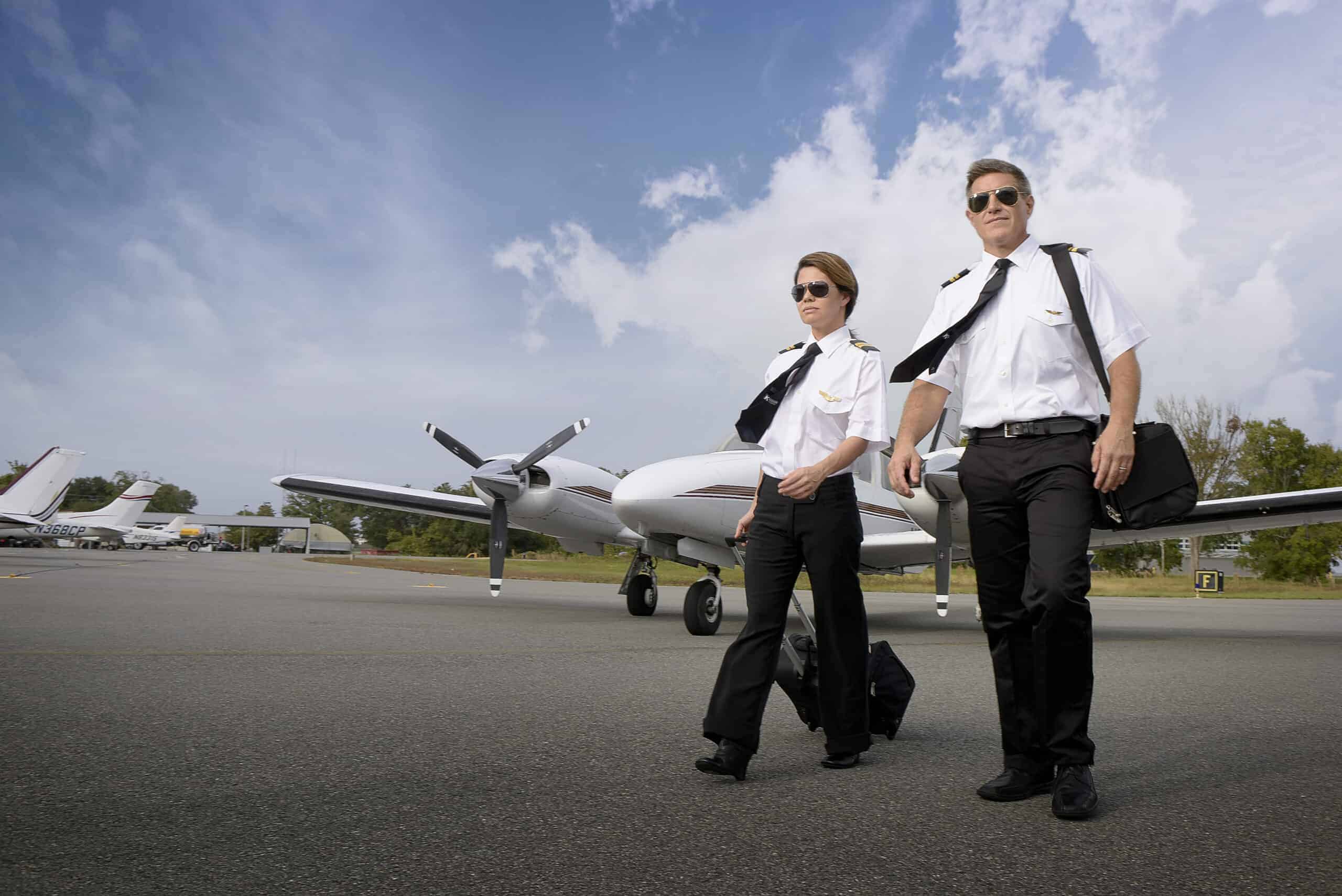What Is Self-Funded Pilot Training?
Self-funded training involves students paying for their education through personal savings, loans, or payment plans. Unlike military training—which is fully covered in exchange for service—or airline-sponsored programs—which offer free tuition in return for a job contract—self-funded paths require students to finance everything out-of-pocket.

Typical Training Process:
Private Pilot License (PPL)
Instrument Rating (IR)
Commercial Pilot License (CPL)
Certified Flight Instructor (CFI)
Airline Transport Pilot License (ATPL)
This sequence ensures graduates meet required flight hours and are ready for careers in commercial, corporate, or charter aviation.
Types of Flight Training Institutions
Local Flight Schools: Offer flexibility and smaller learning groups
University Aviation Programs: Combine academic degrees with flying certifications
Specialized Aviation Academies: Provide accelerated training focused on airline employment
Each has pros and cons depending on your learning style, financial situation, and career goals.
Training Costs
Pilot training costs vary widely:
Basic commercial pilot training: $80,000 – $150,000
Full program with ATPL: $150,000 – $220,000+
Major expenses include:
Aircraft rental and fuel
Instructor fees
Ground school
Equipment (headsets, uniforms, tablets)
Exam fees (written & practical)
Medical certifications and background checks
Geographic location influences costs—urban schools are pricier, while rural ones are more affordable but offer fewer flight conditions. Unexpected delays due to weather or maintenance can also increase expenses, so a financial buffer is wise.
Airline-Sponsored or Supported Programs
United Aviate Academy
Located in Phoenix, this academy offers training for United Airlines. Tuition is about $89,000, with scholarships available through OBAP and Sisters of the Skies. Perks include mentorship, travel benefits, and job placement priority.
SkyWest Pilot Pathway Program
Partners with schools like ATP Flight School to offer up to $17,500 in tuition support, seniority benefits, and guaranteed interviews for First Officer roles after reaching 1,000–1,500 flight hours.
ATP Flight School
Provides financing for accelerated, airline-style training. Structured to help students enter regional airlines efficiently.
Integrated vs. Modular Training
Integrated Training: Full-time, structured from beginner to CPL/ATPL
Pros: Consistent pace, preferred by airlines, defined timeline
Modular Training: Step-by-step, flexible scheduling
Pros: Great for working individuals or parents
Cons: Longer to finish, may cost more, can require refresher courses
Financing Options
Federal student aid rarely applies to private flight schools, so students explore:
Private aviation loans
Family support or personal savings
Home equity loans (use with caution)
Income Share Agreements (ISAs)
GI Bill (for veterans)
Part-time jobs while training
Choosing a Flight School
Key factors to consider:
FAA certifications and program approvals
Instructor qualifications and student ratios
Quality of aircraft and onboard technology
Maintenance and safety track record
Graduate success in job placements
Location factors: weather consistency, airspace complexity
Career Outlook and Salaries
Pilot salaries vary by role:
Regional airline first officers: $40,000–$80,000/year
Major airline captains: $200,000–$300,000+/year
Corporate pilots: $60,000–$150,000/year
Cargo/charter pilots: Competitive pay in diverse environments
Common career paths begin with instructing or charter jobs, move into regionals, then transition to major carriers. Opportunities also exist in aviation operations, training, and entrepreneurship.
Alternative Routes to Becoming a Pilot
Military Training: Free, high-quality training with service commitment
Airline Sponsorships: Fully paid education with job guarantees
University Programs: Combine college degrees and flight training (may allow for federal aid)
Flight Instructor Work: Earn income while accumulating flight hours for advanced licenses
